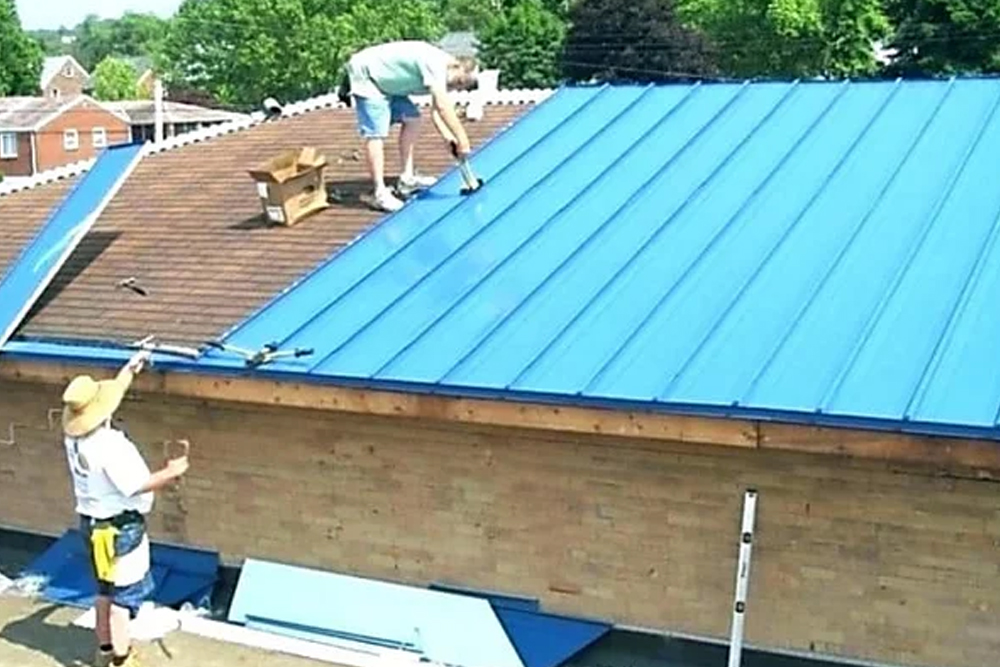The Complete Guide to Polycarbonate Sheets: Uses, Benefits, and Selection Tips
Polycarbonate sheets are versatile building materials that combine durability with exceptional light transmission properties. These thermoplastic products have revolutionized both commercial and residential construction projects, offering a lightweight yet robust alternative to traditional glazing materials. Whether you're planning a greenhouse, roofing project, or architectural installation, understanding the key aspects of polycarbonate sheets is essential for making informed decisions.

Common Applications of Polycarbonate Roof Sheets
Polycarbonate sheets find extensive use in various architectural and construction applications. Popular uses include greenhouse coverings, skylight installations, and covered walkways. The material’s versatility extends to carports, patio covers, and industrial roofing solutions. Commercial applications often include stadium roofing, shopping center skylights, and noise barriers along highways. The sheets’ impact resistance makes them ideal for safety glazing in schools, hospitals, and public buildings.
Understanding Light Transmission and UV Protection Benefits
One of the most significant advantages of polycarbonate sheets is their superior light transmission capabilities, typically ranging from 75% to 90% depending on the type and thickness. Most sheets come with integrated UV protection layers that block harmful ultraviolet radiation while allowing natural light to pass through. This UV-resistant coating helps prevent yellowing and degradation of the material while protecting interior spaces and contents from sun damage. The sheets maintain their clarity and structural integrity for many years, making them a cost-effective long-term solution.
Selecting the Right Thickness for Your Project
The thickness of polycarbonate sheets plays a crucial role in determining their performance and suitability for specific applications:
-
2mm to 3mm: Ideal for basic glazing and small-scale projects
-
4mm to 6mm: Suitable for residential roofing and greenhouse applications
-
8mm to 16mm: Perfect for commercial roofing and high-impact areas
-
20mm and above: Used in specialized industrial applications
Factor in local weather conditions, spanning requirements, and load-bearing needs when selecting thickness. Areas with heavy snow loads or high wind exposure require thicker sheets for adequate structural support.
Types of Polycarbonate Sheets and Their Applications
| Type | Structure | Best Uses | Light Transmission |
|---|---|---|---|
| Solid | Single layer | Safety glazing, Signs | 85-90% |
| Twin-wall | Double layer | Greenhouse, Roofing | 80-85% |
| Triple-wall | Triple layer | Commercial roofing | 75-80% |
| Multiwall | Multiple layers | Industrial applications | 65-75% |
Installation and Maintenance Considerations
Proper installation is critical for maximizing the performance of polycarbonate sheets. Key considerations include:
-
Allowing for thermal expansion
-
Using appropriate fasteners and support systems
-
Ensuring correct slope for water drainage
-
Installing with the UV-protected side facing outward
-
Regular cleaning with mild soap and water
-
Checking seals and fasteners periodically
Regular maintenance helps extend the life of polycarbonate sheets and maintain their aesthetic appeal. Avoid using abrasive cleaners or tools that could scratch the surface, and inspect installations annually for any signs of damage or wear.
Understanding these fundamental aspects of polycarbonate sheets helps ensure successful project outcomes. Whether for commercial, residential, or industrial applications, proper selection and installation of polycarbonate sheets can provide decades of reliable service while maintaining excellent light transmission and durability characteristics.




